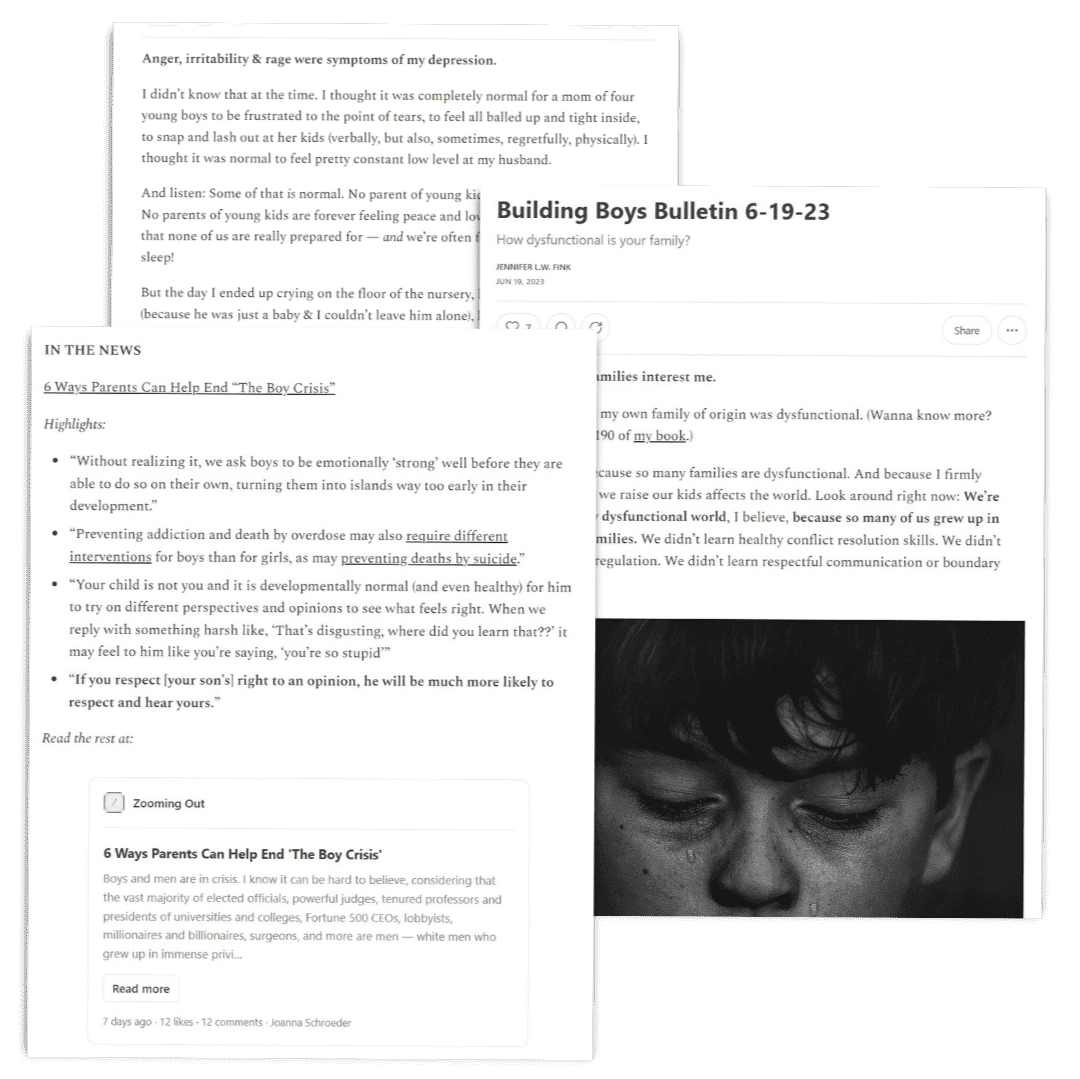
Yesterday, I had the staff meeting in the gymnasium. The teachers were bewildered as they walked in the hot gym, wearing their business attire: dresses, high heels, suits, dress shoes, and all. The teachers were divided into four teams, and I told them each person had to attempt to make a free throw before they could leave the meeting.
Many were startled because they had never even touched a basketball. Others were never taught how to make a free throw, and they did not know the proper mechanics to even begin the attempt. After a few minutes of frustration and embarrassment, and only 5 out of 80 successful attempts, I told the staff to assemble in the air-conditioned auditorium for the conclusion of the meeting.
The first question I asked the teachers was how did they feel when it was their turn to attempt the free throw? Many answered: afraid, mortified, unprepared, lost, and confused. Some stated they did not want to try, wanted to try again after several missed attempts, and felt overwhelmed by the monumental task. At this time, I reminded the teachers that this is exactly how a child feels in their classroom when they are introduced to an unfamiliar standard, given a task they do not have the prerequisite skills to achieve, or asked to read aloud in class. At this point, you could hear a pin drop. I reminded teachers that their lessons should be designed to reach all level of learners. I asked them to remember the type of players they had on their teams as they plan their lessons.
According to the teachers, there were three types of players on every team:
1) Teachers who didn’t know how to shoot at all. We have to provided more intense remediation for these players (show them the basics and progress with a great deal of patience and compassion)
2) Teachers who knew how to shoot, but the distance was too far (we have to meet these players where they are and provide additional practice to move them to the next level)
3) Players who already knew how to shoot and were pretty efficient, but simply needed more shots to be successful (these are the players with the background knowledge, understanding of concepts, and skills to achieve the task). It is tempting to let the more efficient players stand by while we help the ones who need more help, but they too need to be pushed to reach the next level.
I reminded the teachers to remember that all of our students are not born in that third tier. They will walk into their classrooms at different levels, and they must be ready to meet the needs of them all. Additionally, I reminded them to remember their experience when it was their time to take the shot. You see for our kids their education is their only SHOT; without it they have no SHOT at all.
To all educators, please remember the SHOT!
This post originally appeared Principal Matters!, a publication of the Georgia Association of Secondary School Principals. Reprinted by permission of Dr. Jackson.







One Response
Thank you oh so much. Modes of learning are “not genetic”, but learned over time and settled on how their environment reinforces those skills. As a teacher, I have always dismissed the both the asserted medical model of intelligences and also the “asserted medical model for modes of learning”. We need to leave the genetics models altogether if we are to locate and use tools to help all students succeed over time. I know from living in a nice middle class environment in West Palm Beach with the sons and daughters of doctors, lawyers, and engineers. We were so isolated from the average students except at school. We could only surmise from our very isolated realm the reason the other students didn’t succeed was because they were not able or did not try hard enough.
Many of those nice, middle class students go on to become teachers and simply take in with a nod all they are taught about intelligences. They figure it works for them and they have been raised with that dogma for so long, they cannot believe anything different.
Thank goodness, in a backhanded way, I also lived in a housing project with many students who were just trying to survive and get along each day. The students were the same, but suffered from much lack of knowledge, skills, support, and were continually weighed down with many higher layers of mental work (a more correct definition of average stress) from much need, fear, anxiety, shared tensions, that took away much mental energy, created more tension and much less ease of learning. Yes, we need to teach teachers, our individual environments and not genetics are greatly affecting our learning, motivation and accumulation of skills. As teachers we desperately need to begin where those students are and also begin providing tools those students can use and provide them with long-term hope to slowly take in, catch up over time to at some later date to match the performance of those students from the more stable, knowledge rich environments. If we begin using environmental variables as tools we can begin to remove the stagnation of many students and make many wonderful advances in education for our student and their long-term happiness.